Submarines have played a crucial role in naval history, showcasing incredible feats of engineering and bravery. From stealthy underwater hunters to groundbreaking vessels that changed the course of wars, these underwater marvels have left an indelible mark. In this article, we explore the 17 most legendary submarines, highlighting their remarkable stories and significant contributions to naval warfare.
Contents
USS Nautilus (SSN-571)
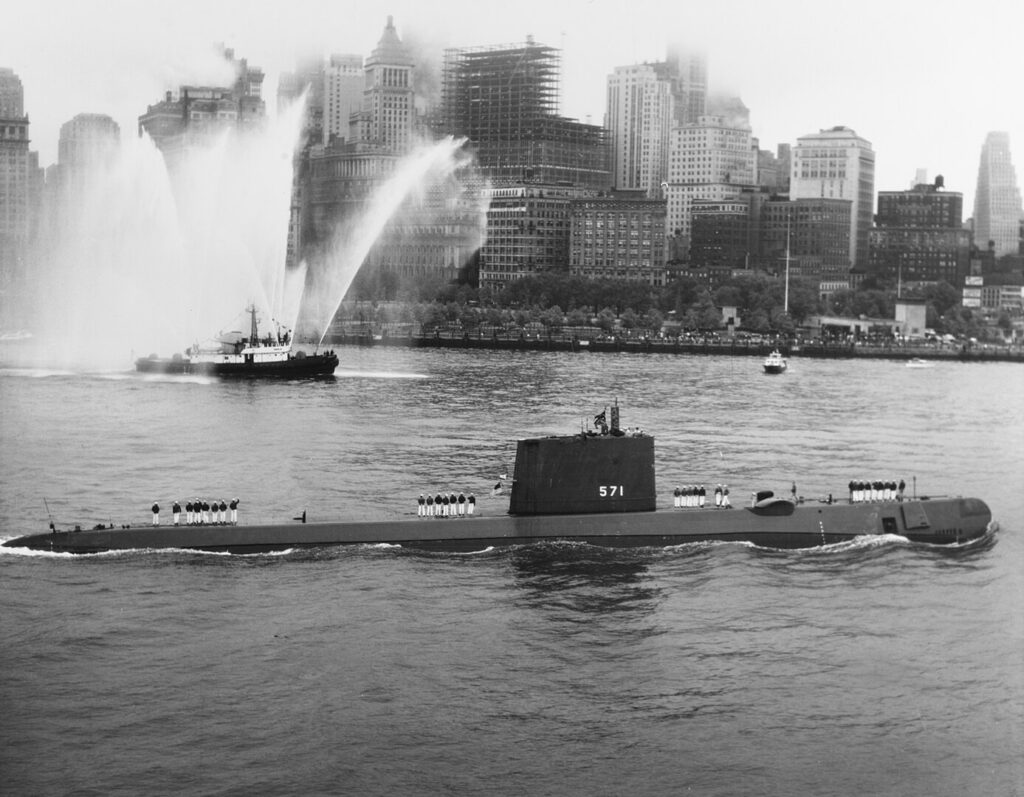
The USS Nautilus was the world’s first operational nuclear-powered submarine, commissioned in 1954. It revolutionized naval warfare with its ability to remain submerged for extended periods, unlike diesel-electric submarines that required frequent surfacing. The Nautilus’ nuclear propulsion allowed it to travel faster and farther than any of its predecessors, culminating in its historic journey beneath the North Pole in 1958.
HMS Dreadnought (S101)
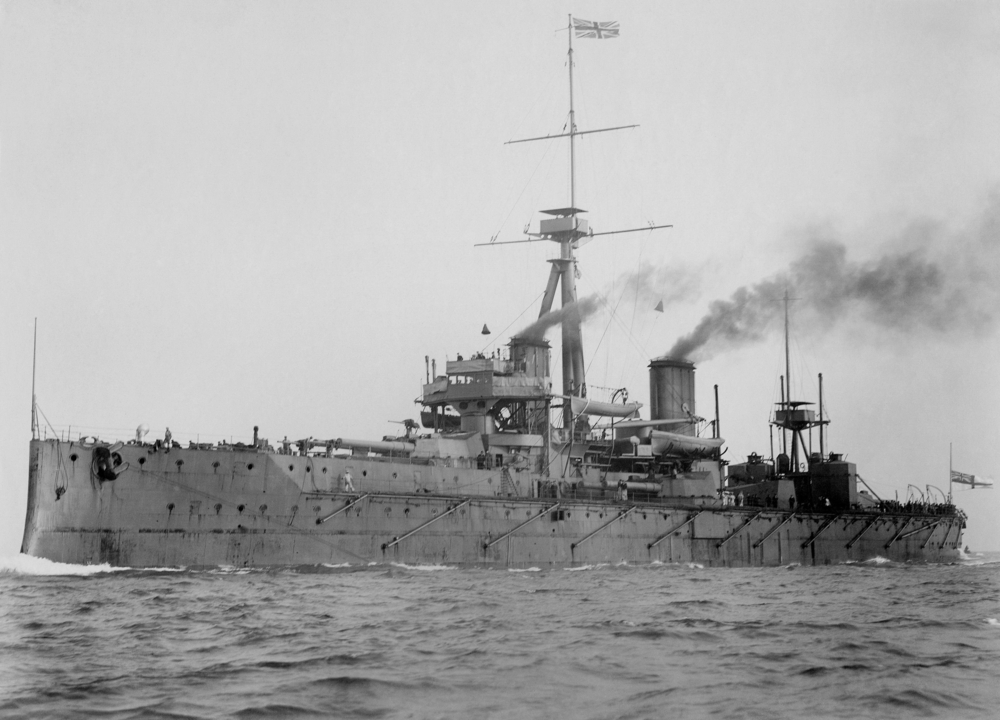
Launched in 1960, HMS Dreadnought was the United Kingdom’s first nuclear-powered submarine. This vessel marked a significant leap forward in British naval capabilities, enabling longer missions and enhanced operational effectiveness. The Dreadnought’s introduction demonstrated the UK’s commitment to maintaining a powerful and modern submarine fleet during the Cold War.
German U-boat U-47

The German U-47 gained notoriety during World War II under the command of Günther Prien. In a daring raid in 1939, U-47 infiltrated the British naval base at Scapa Flow and sank the battleship HMS Royal Oak. This feat boosted German morale and showcased the strategic impact of U-boat operations in naval warfare.
USS Seawolf (SSN-21)
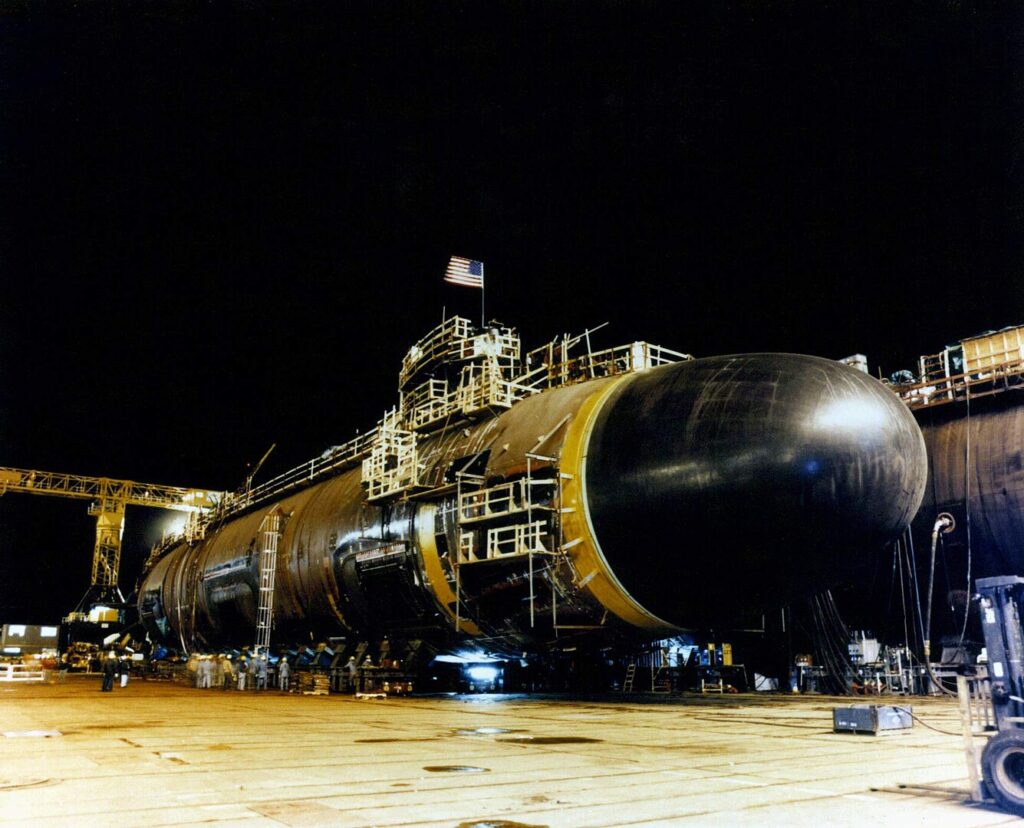
Commissioned in 1997, the USS Seawolf represented the pinnacle of Cold War-era submarine design. It featured advanced stealth capabilities, sophisticated sonar systems, and could operate at greater depths than previous submarines. Despite its high cost, the Seawolf set new standards for future U.S. Navy submarines in terms of technology and performance.
USS Thresher (SSN-593)
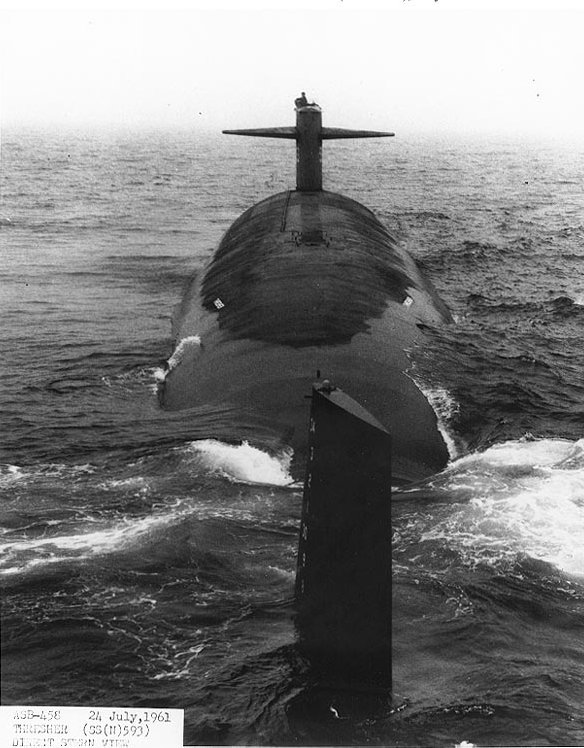
The USS Thresher tragically sank during sea trials in 1963, resulting in the loss of all aboard. This disaster led to the implementation of the SUBSAFE program, which dramatically improved the safety standards of U.S. Navy submarines. The Thresher’s legacy lives on in the rigorous safety protocols now standard in submarine construction and operation.
K-19
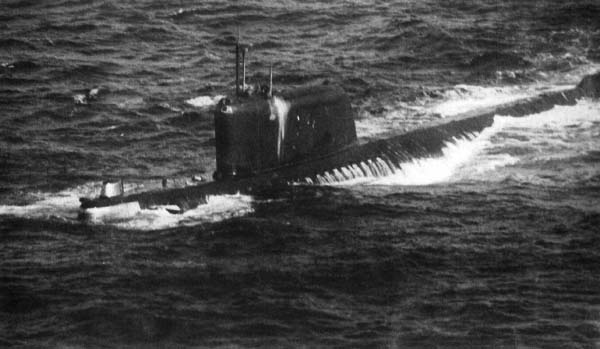
The Soviet submarine K-19 was the first of its kind equipped with nuclear ballistic missiles. However, it is most infamous for a reactor coolant leak in 1961, which exposed the crew to high levels of radiation. The bravery and sacrifice of the K-19’s crew to prevent a nuclear disaster highlighted the immense dangers faced by early nuclear submariners.
USS Virginia (SSN-774)
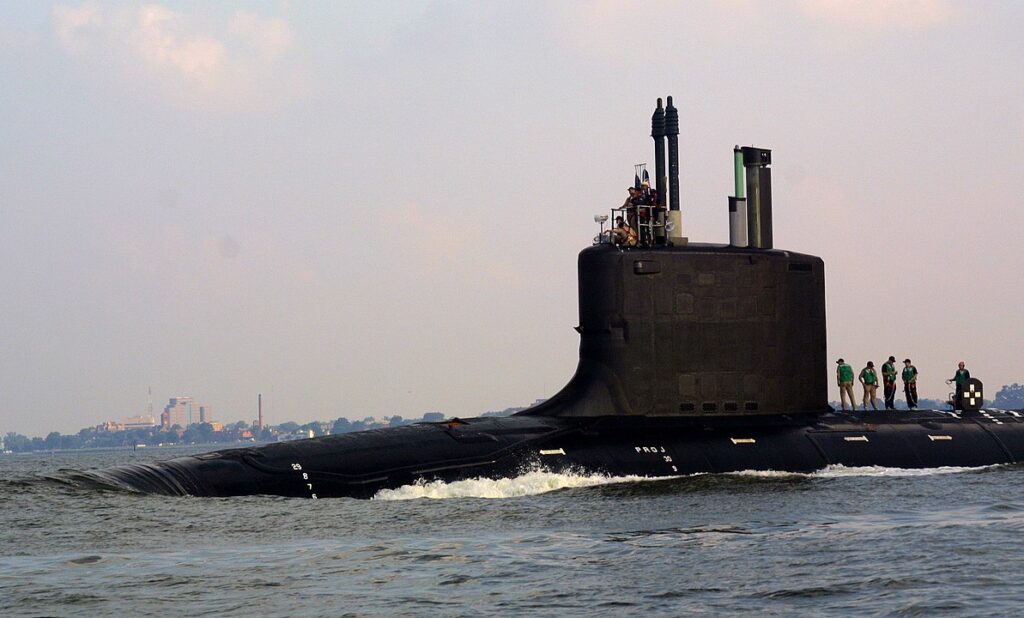
The USS Virginia, commissioned in 2004, is the lead ship of its class and represents the latest advancements in submarine technology. It features enhanced stealth, sophisticated sensors, and advanced combat systems, making it a formidable platform for a wide range of missions, from anti-submarine warfare to intelligence gathering.
HMS Warspite (S103)
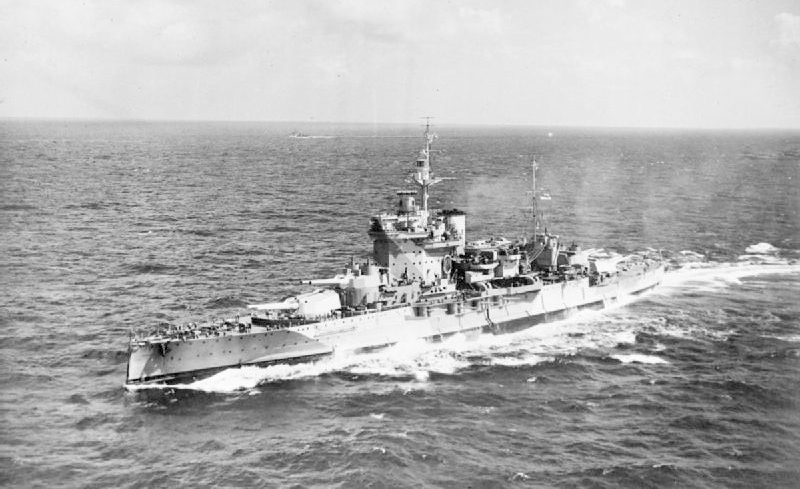
HMS Warspite, commissioned in 1967, was renowned for its impressive endurance, completing a record-breaking submerged patrol of over 111 days. This achievement demonstrated the strategic advantage of nuclear-powered submarines in maintaining prolonged operational capabilities without the need for resupply or surfacing.
USS Ohio (SSGN-726)
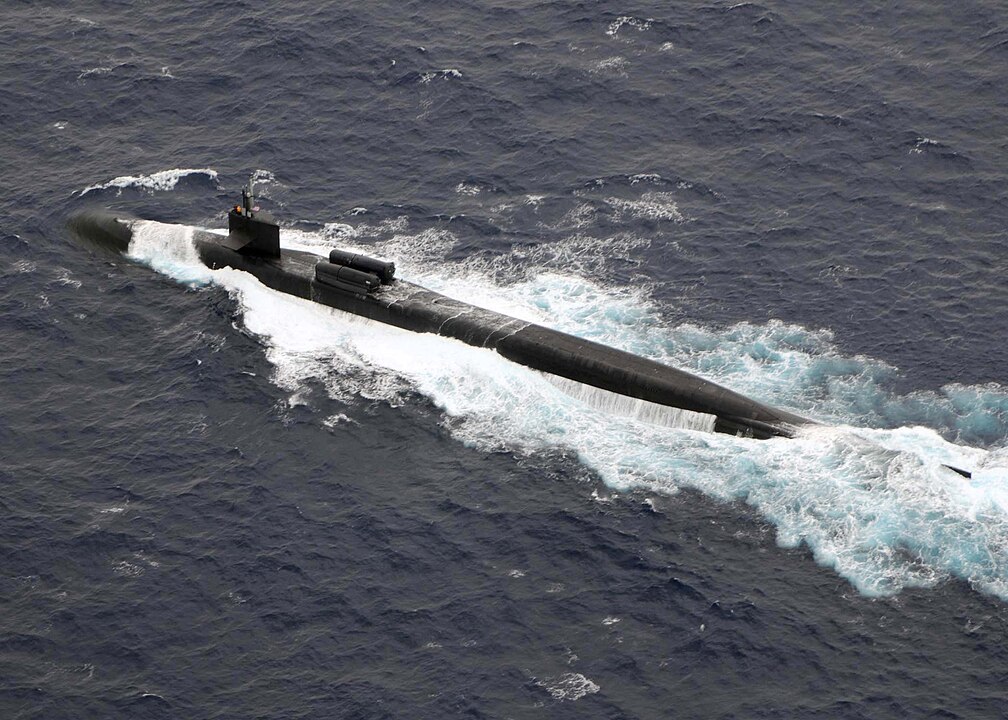
Originally commissioned as a ballistic missile submarine in 1981, the USS Ohio was later converted into a guided missile submarine. This conversion significantly enhanced its strike capabilities, allowing it to carry and launch up to 154 Tomahawk cruise missiles. The Ohio represents a versatile and powerful asset within the U.S. Navy’s submarine fleet.
U-505
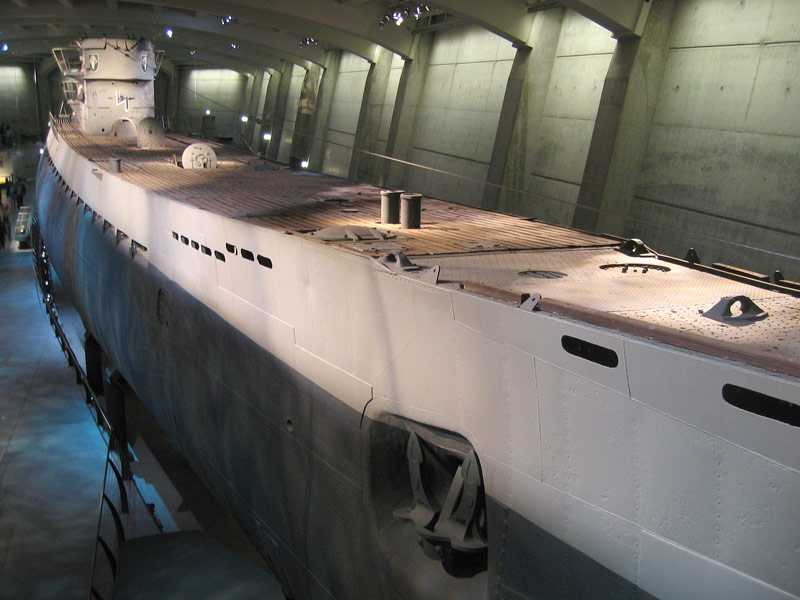
The German U-505, captured by the U.S. Navy in 1944, is one of only six U-boats captured during World War II. Its capture provided valuable intelligence on German submarine operations and technology. Today, U-505 is a museum exhibit in Chicago, offering a tangible connection to World War II naval history.
USS Scorpion (SSN-589)
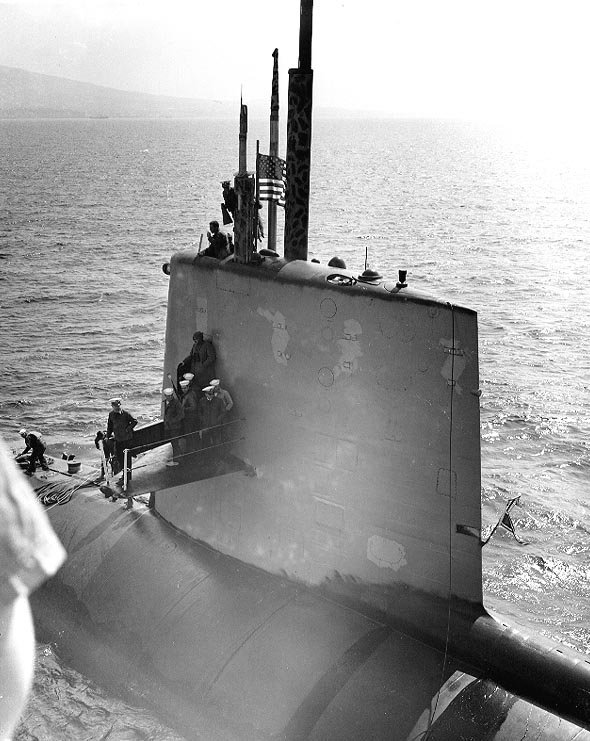
The USS Scorpion was mysteriously lost in 1968, with all hands aboard. Its sinking remains one of the enduring mysteries of the Cold War. The incident spurred further advancements in submarine safety and detection technologies, highlighting the inherent risks of undersea warfare.
HMS Upholder (P37)
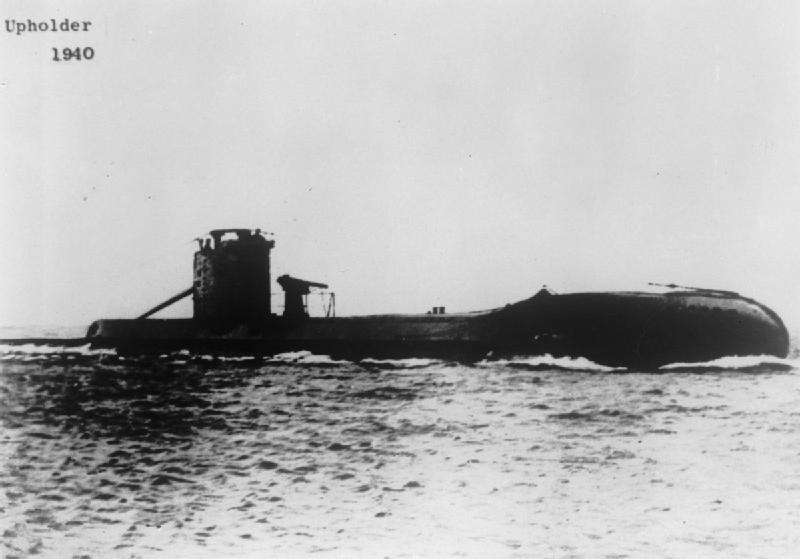
HMS Upholder, a British U-class submarine, was the most successful Royal Navy submarine of World War II, sinking more tonnage of enemy ships than any other. Its impressive combat record demonstrated the effectiveness of submarine warfare in disrupting enemy supply lines and naval operations.
USS Triton (SSRN-586)
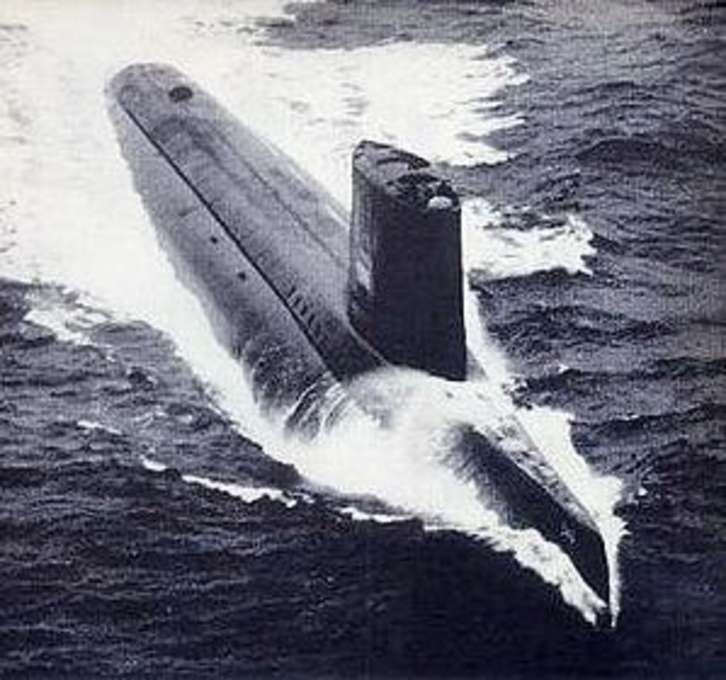
USS Triton completed the first submerged circumnavigation of the globe in 1960, a mission known as Operation Sandblast. This feat underscored the strategic mobility and endurance of nuclear-powered submarines, reinforcing their value in global naval operations.
Kursk (K-141)
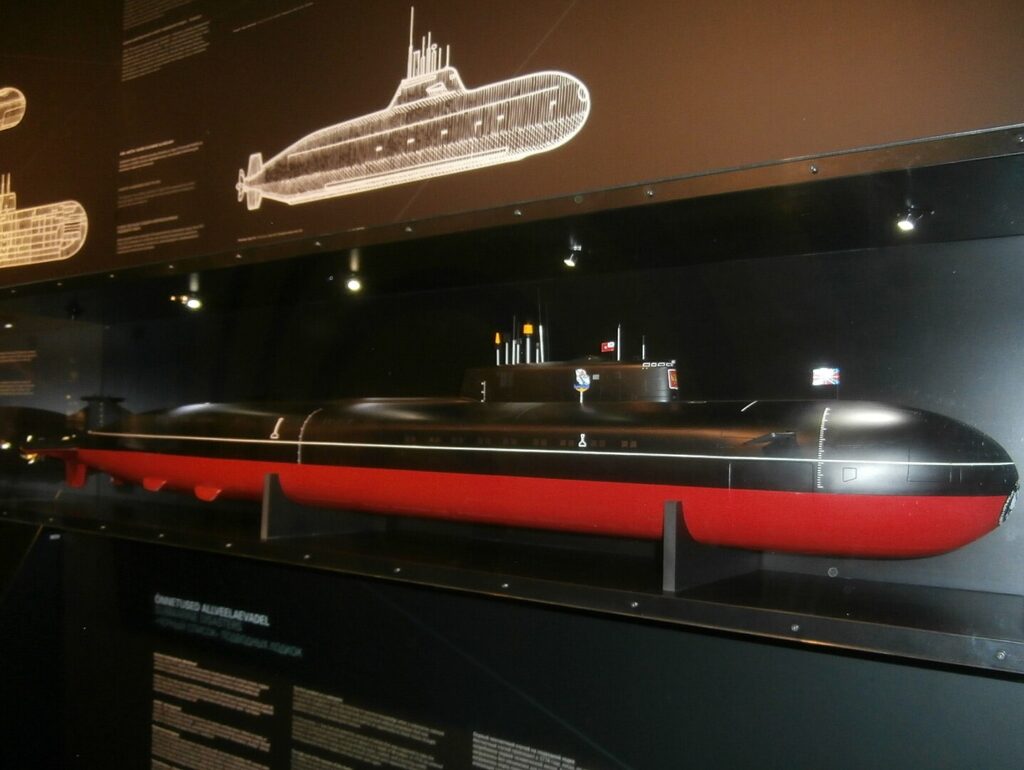
The Russian submarine Kursk tragically sank in 2000 following an internal explosion, resulting in the loss of all 118 crew members. The disaster highlighted deficiencies in the Russian Navy’s maintenance and rescue capabilities, leading to reforms aimed at improving submarine safety and emergency response.
USS Halibut (SSGN-587)
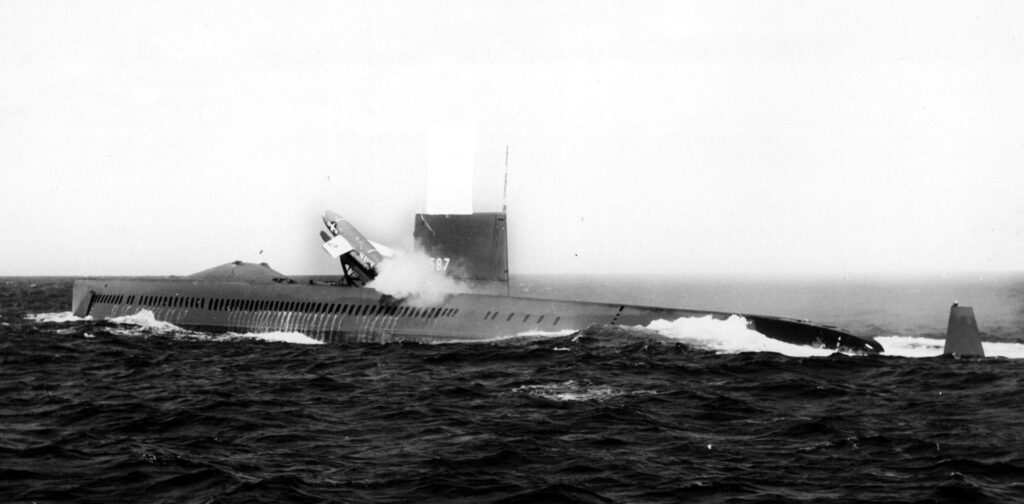
The USS Halibut was known for its role in covert intelligence missions during the Cold War, including tapping undersea communication cables. Its unique capabilities made it a critical asset for gathering intelligence and conducting special operations, demonstrating the strategic value of submarines beyond traditional combat roles.
HMS Alliance (P417)
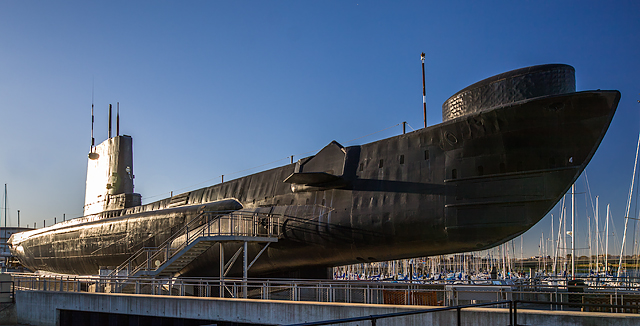
HMS Alliance served as a training submarine for the Royal Navy before becoming a museum exhibit. It represents the transition from wartime service to peacetime training and preservation, offering insights into the evolution of submarine technology and operations.
USS Barb (SS-220)
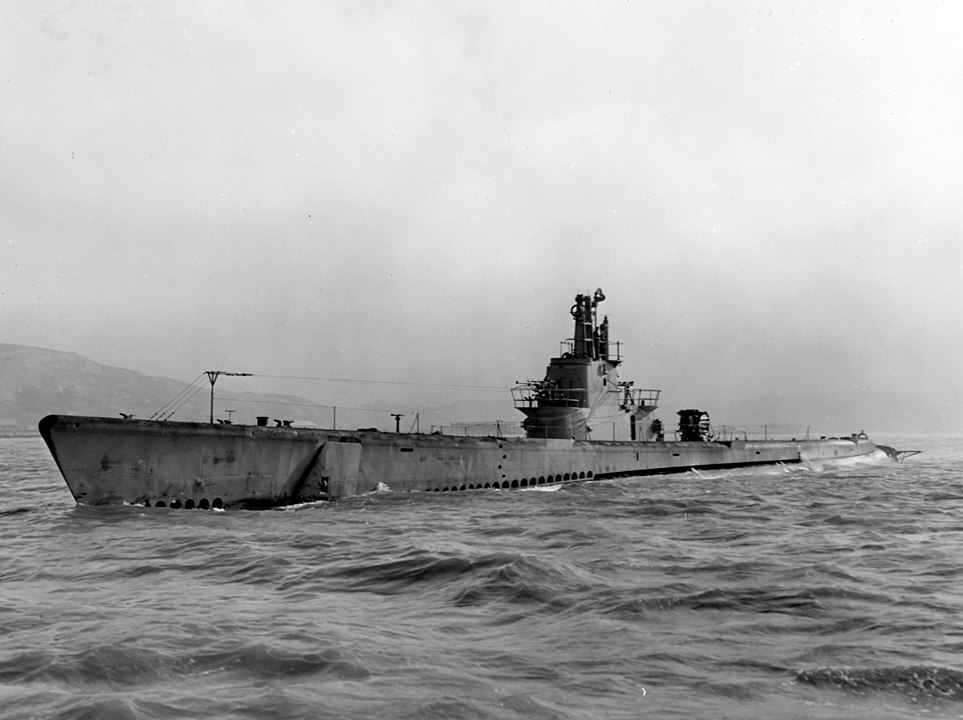
The USS Barb was a highly decorated U.S. submarine during World War II, known for its daring missions, including a successful raid on a Japanese island. Its innovative and bold tactics showcased the strategic impact of submarines in wartime operations.
This article originally appeared in MyCarMakesNoise.
More from MyCarMakesNoise
8 Rare Classic Buses That Are Worth a Fortune
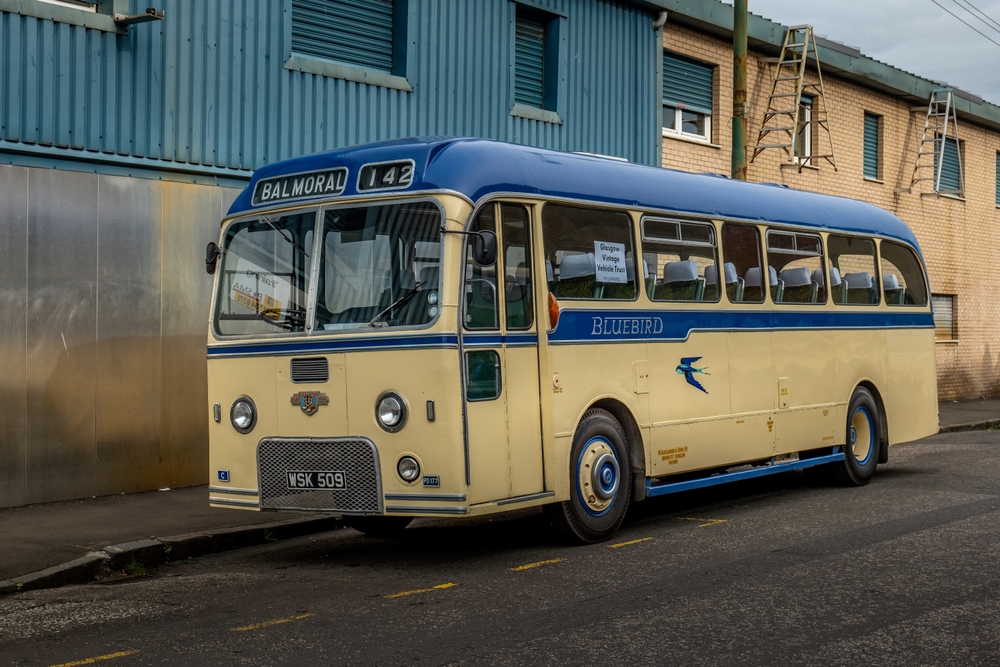
When it comes to classic vehicles, buses often fly under the radar, yet some of these rare models are worth a small fortune today. From vintage double-deckers to sleek mid-century coaches, these buses not only hold historical significance but also carry substantial value. Read More.
17 Lesser-Known Performance Cars with Impressive Specs
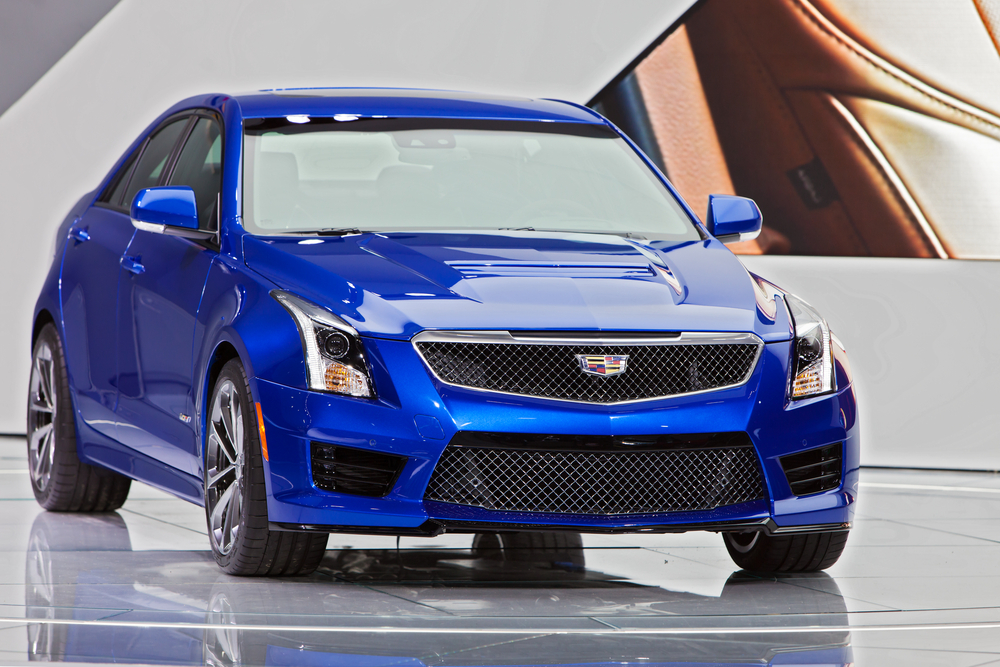
Performance cars often capture the imagination with their speed, power, and sleek designs. While iconic models like the Porsche 911 and Ferrari F8 steal the spotlight, many lesser-known performance cars offer equally impressive specs. Read More.
21 Kawasaki Motorcycles Built for Speed and Seasoned Riders
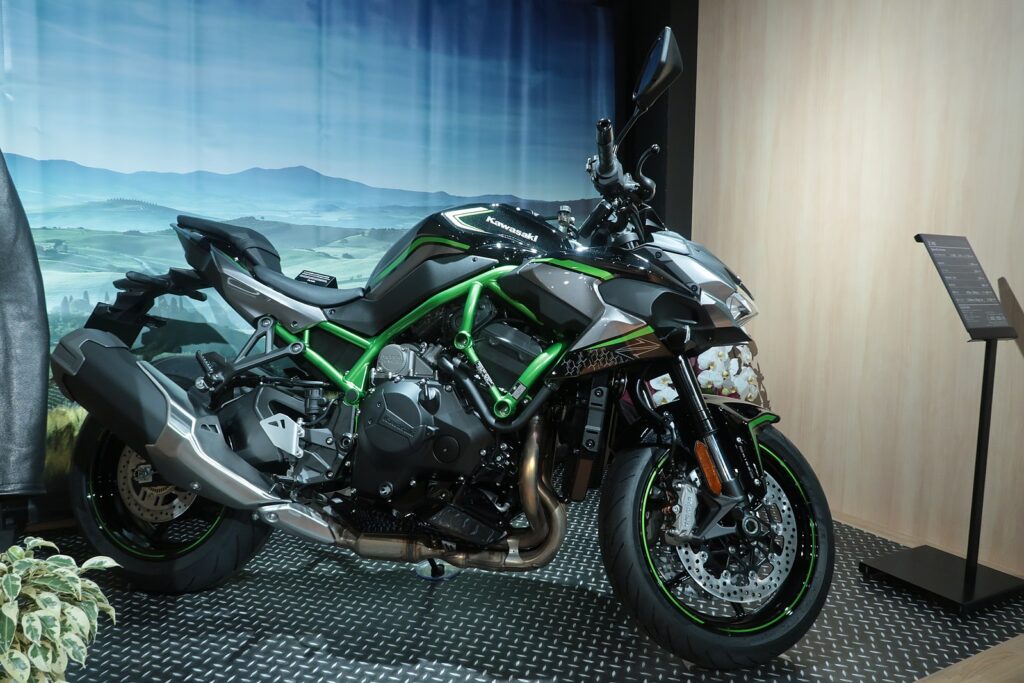
Kawasaki motorcycles are known for their incredible speed and performance, making them a top choice for seasoned riders. These bikes combine cutting-edge technology with powerful engines to deliver an exhilarating riding experience. Read More.














